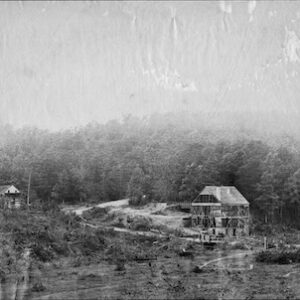Tag: Four Mile Run VA
Wikipedia says: Four Mile Run is a 9.4-mile-long (15.1 km) stream in Northern Virginia that starts at Gordon Avenue in Fairfax County and proceeds southeast through Falls Church to Arlington County in the U.S. state of Virginia.
In Arlington, the stream passes from the Piedmont through the Fall Line to the Atlantic Coastal Plain in a deep forested valley. The stream’s eastern section forms the boundary of Arlington County and the City of Alexandria. The stream eventually empties into the Potomac River immediately south of Reagan National Airport.
The name Four Mile Run does not derive from its length. A 2001 documentary film alleged that the name resulted from a misreading of an old map. The documentary stated that an old flour mill near the Potomac gave the stream the name of “Flour Mill Run”, but the map had faded letters. A more plausible explanation is that the mouth of Four Mile Run is approximately four miles upriver from the mouth of Hunting Creek (sometimes called Great Hunting Creek) which is formed by the confluence of Cameron Run and Hooff’s Run where they join the Potomac on the southern boundary of the City of Alexandria. Four Mile Run runs into the tidal Four Mile Creek within 1 mile (2 km) of the mouth of the stream.
During the colonial period and the 19th century, several watermills existed in and near the fall line of the stream. Although none of these mills remain intact, the foundation of one is still in place (Arlington Mill constructed in 1836; later rebuilt as Barcroft Mill in 1880 after being destroyed by Union Army troops during the Civil War). The mill provided locals with flour ground from corn and wheat that was grown locally and shipped up the stream on flatboats. Located west of the stream between Columbia Pike and 10th Street South in Arlington, the foundation presently supports an automobile repair shop.
General George Washington owned on the southwest side of the stream in the fall line a large parcel of wooded property which he surveyed in 1785, several years after the Revolutionary War ended. As part of this survey, Washington made a cut in the trunk of an oak tree to mark a corner of his property where a tributary (Long Branch (upper)) entered the main stream.
From about 1860 to 1968, the Washington and Old Dominion Railroad and its predecessors traveled along most of the stream’s length in Arlington.
Showing the single result
